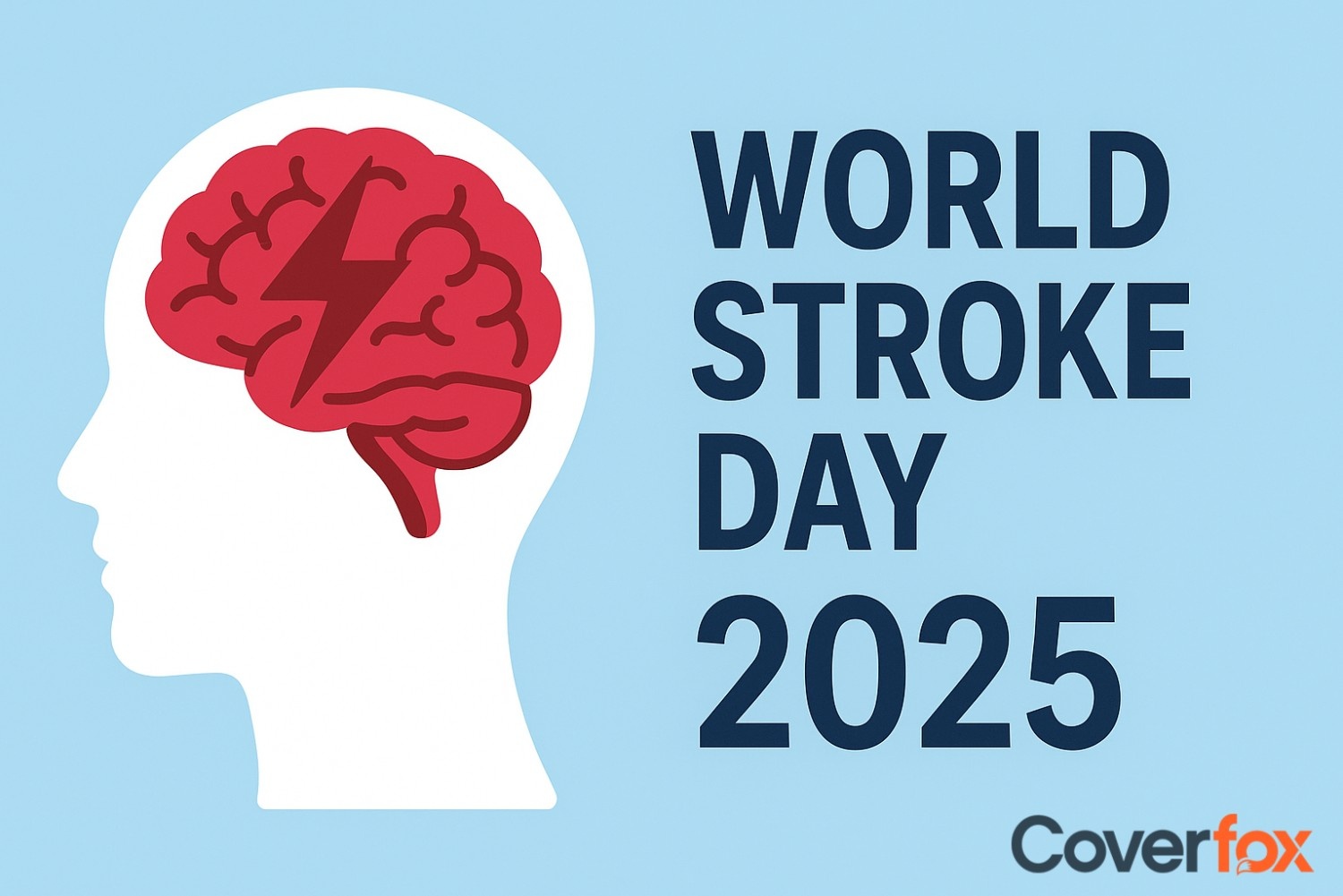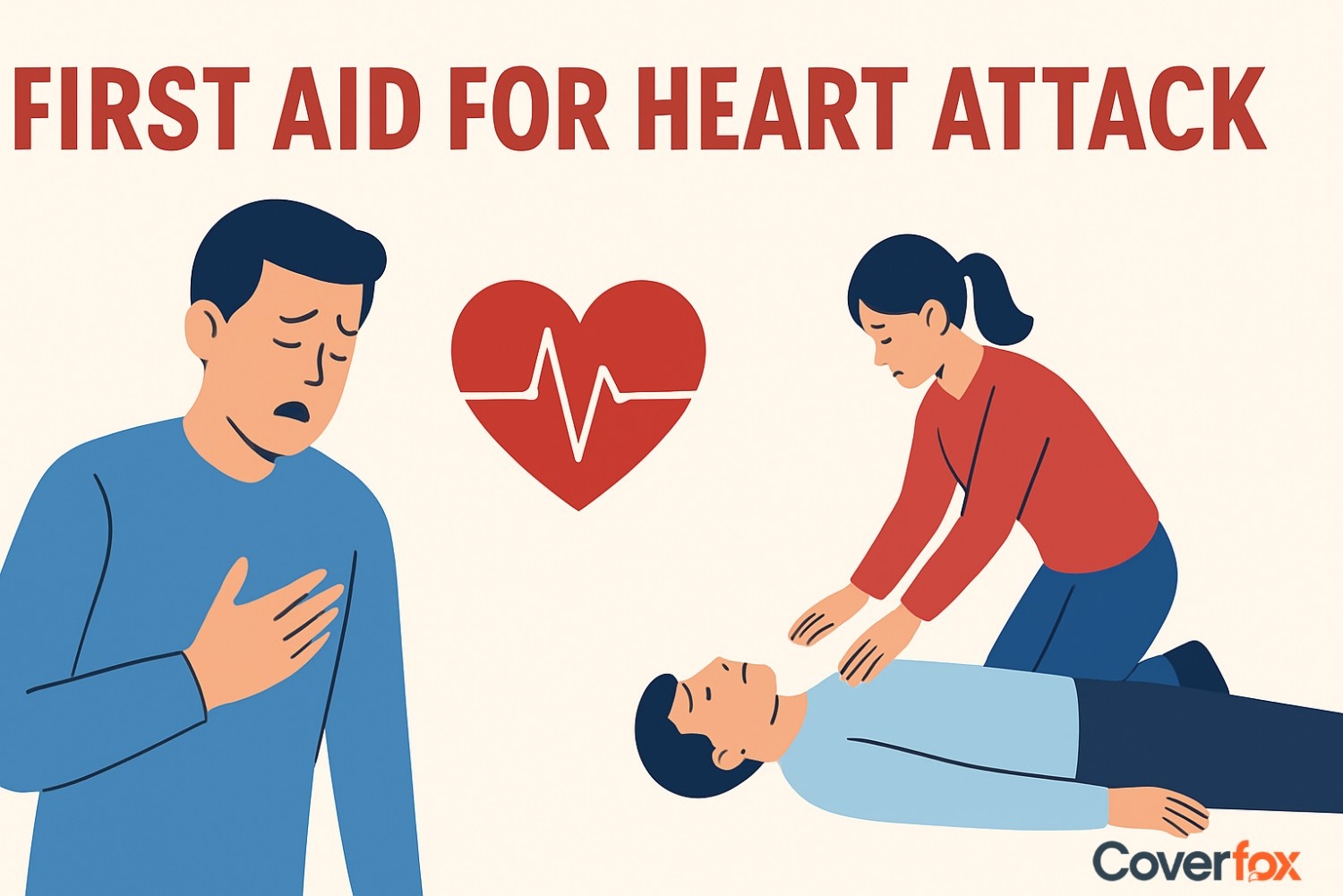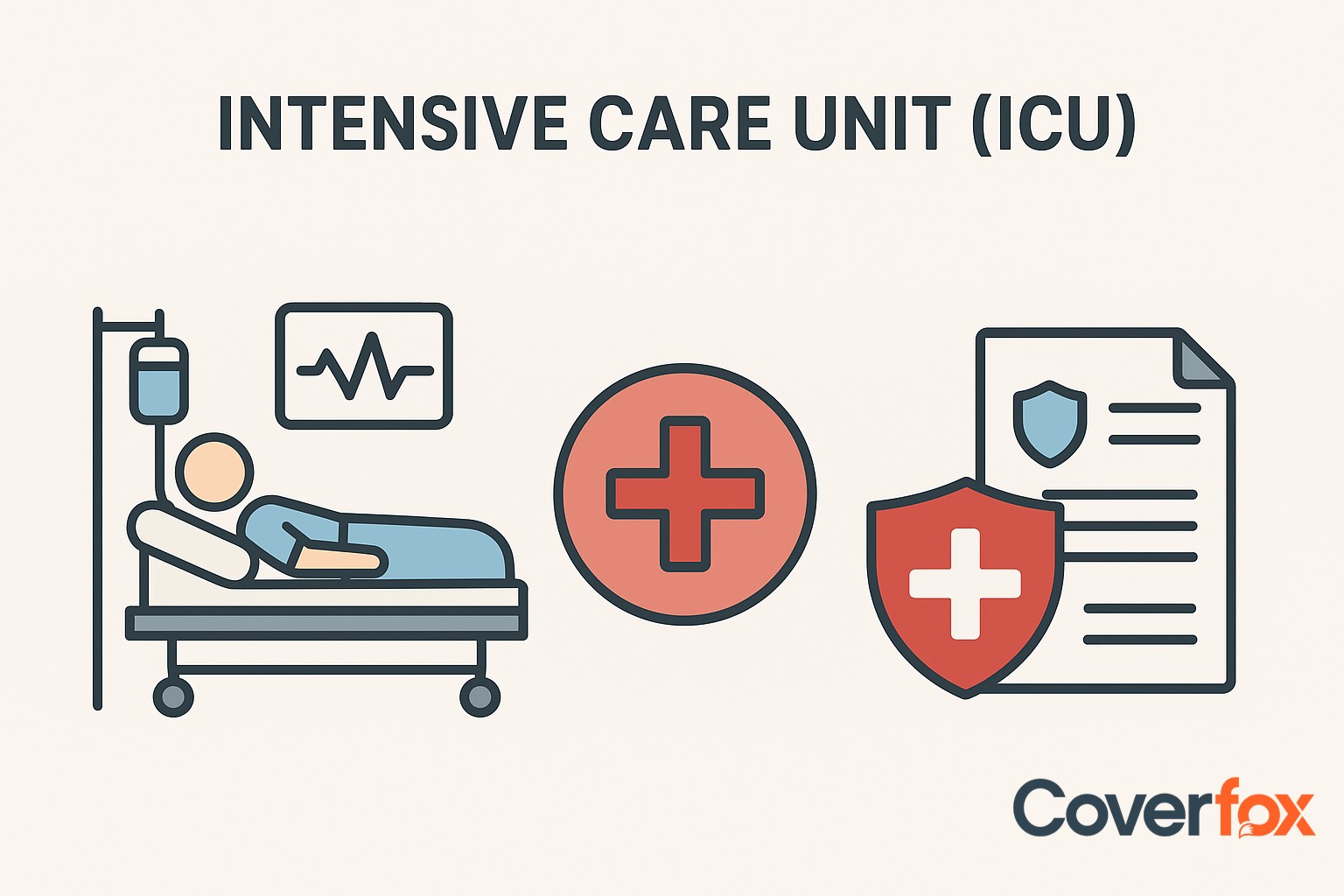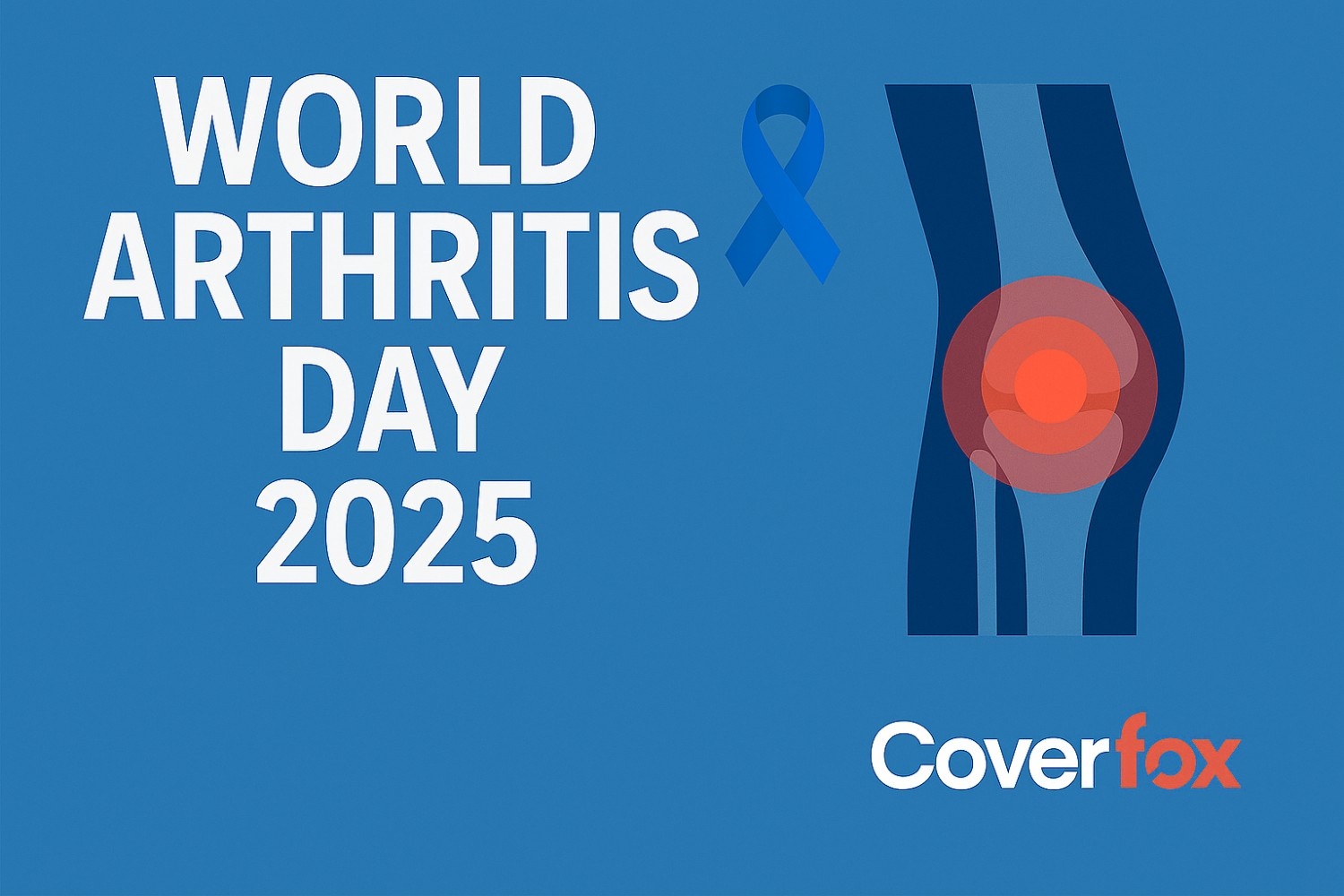A blood pressure reading is considered very important, no matter the age group you belong to. The reason is that the higher the blood pressure, the greater the risk of exposure to health ailments. But what is blood pressure? To put it simply, it is the pressure exerted by the blood flow in the body on the walls of arteries.

Understanding the normal blood pressure range is essential to check the overall well-being of your health, while assessing if you need appropriate medical attention if you find your blood pressure levels pose a threat. If such is the case, then you can safeguard yourself at the right time by applying for health insurance. The guide below uncovers the blood pressure ranges for different age groups–and how it plays a role in detecting, preventing and managing signs of hypertension.
Typical Blood Pressure Ranges by Age Group
Blood pressure does not stay the same–it varies based on age, gender and even overall health conditions. In general, blood pressure levels are said to increase with age due to various factors like physical or mental exertion, stress, extreme heat or cold, or even physiological changes in blood vessels.
According to a study conducted by BMC Public Health, the results indicate that the prevalence of hypertension increases as age increases (6.4% in those aged 15–29 to 48.4% in those aged 60 and over) in India. This signifies that ageing is a major risk factor for hypertension, and maintaining a healthy lifestyle can significantly delay or prevent its onset. That is why, based on your age range, it is best to find out the normal blood pressure levels for your body.
Methods Used to Measure Blood Pressure
Blood Pressure is always measured in units of millimetres of mercury (mmHg). The readings of blood pressure consist of two values:
1. Systolic Blood Pressure
This is the pressure exerted on the blood vessels during heartbeats.
2. Diastolic Blood Pressure
This is the pressure exerted on the blood vessels when the heart muscles relax between beats.
The readings of blood pressure always consider the systolic value first, followed by the diastolic value. To give an example: A person having a reading of 119/70 mmHg will show a systolic blood pressure of 119 mmHg and a diastolic blood pressure of 70 mmHg.
Method: A manual sphygmomanometer, stethoscope and cuff are used by a healthcare professional to generally measure blood pressure. In this method, once the cuff is inflated with air, the sphygmomanometer is used to monitor the air pressure inside the cuff, while the stethoscope helps the doctor to hear the arterial sounds.
Standard Blood Pressure Levels for Adult Men
Have a look at the normal BP range for men–
| Age Group | Blood Pressure Range (mmHg) |
|---|---|
| 18-39 years | 119/70 |
| 40-59 years | 124/77 |
| 60+ years | 133/69 |
Standard Blood Pressure Levels for Adult Women
Have a look at the normal BP range for women–
| Age Group | Blood Pressure Range (mmHg) |
|---|---|
| 18-39 years | 110/68 |
| 40-59 years | 122/74 |
| 60+ years | 139/68 |
Recommended Blood Pressure for Seniors (65 Years and Older)
While most adults need to have a preferred blood pressure range of 120/80 mmHg, as you age, that number changes. For senior citizens, who are 65 and older, the blood pressure range can be as follows:
| Age Group | Blood Pressure Range (mmHg) |
|---|---|
| 65-69 years | Up to 140/90 |
| 70+ years | Up to 150/90 (as per certain guidelines) |
*Note: It is ideal to keep it constrained within 140/90 mmHg, however, certain cases of lower blood pressure numbers may cause dizziness or weakness in senior citizens.
Healthy Blood Pressure Levels for Children
A blood pressure range for a child may vary on the basis of their age, gender and height. Here is an overall look:
| Age Group | Systolic (mmHg) | Diastolic (mmHg) |
|---|---|---|
| Newborn (up to a month) | 60-90 | 20-60 |
| Infant | 87-105 | 53-66 |
| Toddler | 95-105 | 53-66 |
| Pre-schooler | 95-110 | 56-70 |
| School-aged child | 97-112 | 57-71 |
| Adolescent | 112-128 | 66-80 |
Classification of Blood Pressure Ranges
In order to determine the risk of your blood pressure level, it is divided into different stages—allowing your healthcare professional to diagnose your condition better. This blood pressure range can be classified into four categories:
| High Blood Pressure Stages | Systolic (mmHg) | Diastolic (mmHg) |
|---|---|---|
| Elevated | 120-129 | Below 80 |
| Stage 1 Hypertension | 130-139 | 80-89 |
| Stage 2 Hypertension | 140 and above | 90 and above |
| Hypertensive Crisis | 180 and above | 120 and above |
1. Elevated
This stage warns you of early signs of high blood pressure, unless you take certain preventive measures to control it.
2. Stage 1 Hypertension
This stage will require you to consider serious lifestyle habit changes–including diet, exercise and cutting off smoking (in case you do).
3. Stage 2 Hypertension
This stage will have your healthcare professional suggest not just lifestyle changes, but medication changes as well, based on your risk for cardiovascular disease, attack or stroke.
4. Hypertensive crisis
This stage calls for immediate medical attention, as you may face a potential stroke or attack, posing a threat to your life.
Key Takeaways
A dangerous blood pressure level can lead to the cause of many ailments—namely affecting main organs like the heart, kidneys, brain and eyes. Blood pressure numbers vary on the basis of age, gender and even health conditions–with lower values shown for children while significantly higher values are shown in adults, especially seniors. A dangerous blood pressure level calls for immediate action for health insurance, to provide you with the necessary financial protection in case of sudden medical emergencies.
And what better trusted platform than Coverfox, providing you with a variety of health insurance policies so you can select the one that suits your needs and budget the best. Now, in just a few steps, you can compare, select and purchase the health plan online that is tailored for you–assuring you of financial security, without the worry of mounting medical bills.
Explore More:
How Do I Convince My Customers to Buy Health Insurance?
Common Medical Checkup by Health Insurance Plan
Frequently Asked Questions
Is BP 140/90 normal range?
No, a BP range of 140/90 is considered Stage 2 Hypertension for adults. It requires immediate changes to lifestyle habits as well as medication, as prescribed by a healthcare professional.
What happens if BP is 140/70?
If BP is at 140/70, it indicates a higher systolic pressure while diastolic pressure is normal. Such cases increase the risk of stroke or heart disease in adults.
What is the BP range for 70-year-olds?
The BP range of up to 140/90 mmHg may be considered normal for a 70-year-old. However, it may vary based on overall health and comorbidities for individual targets.





